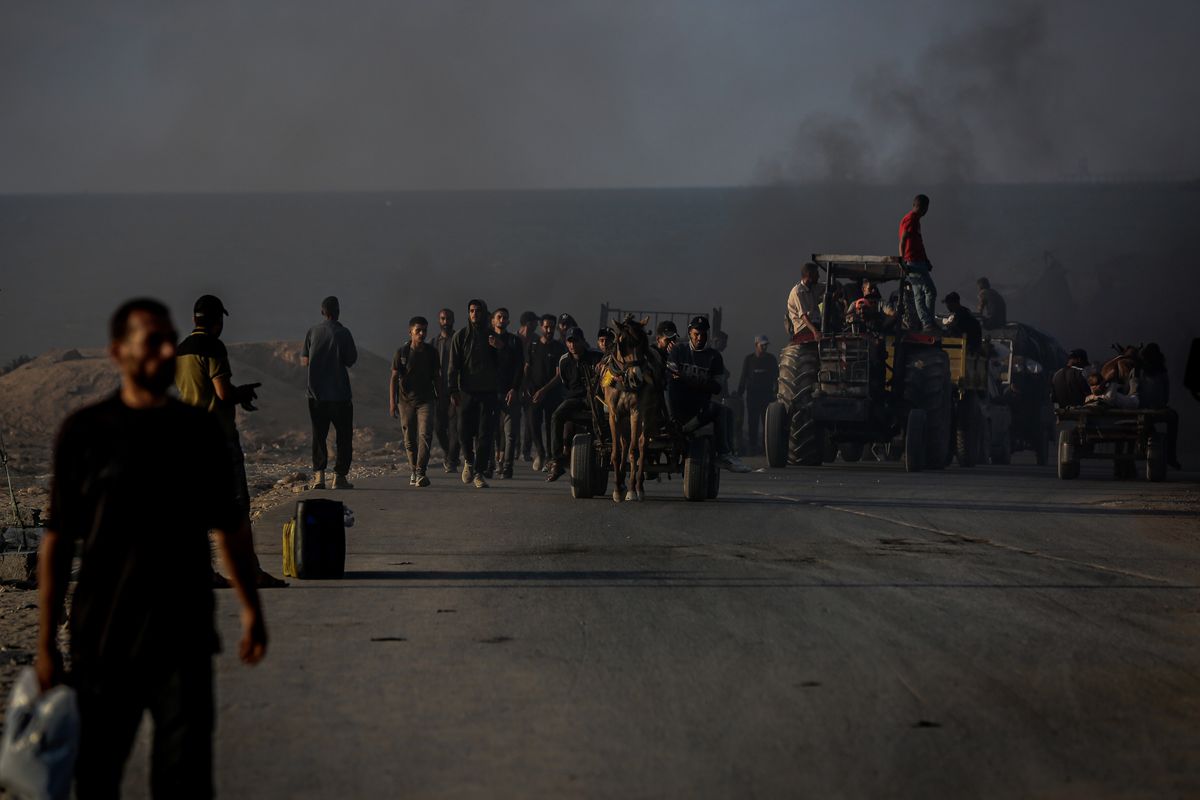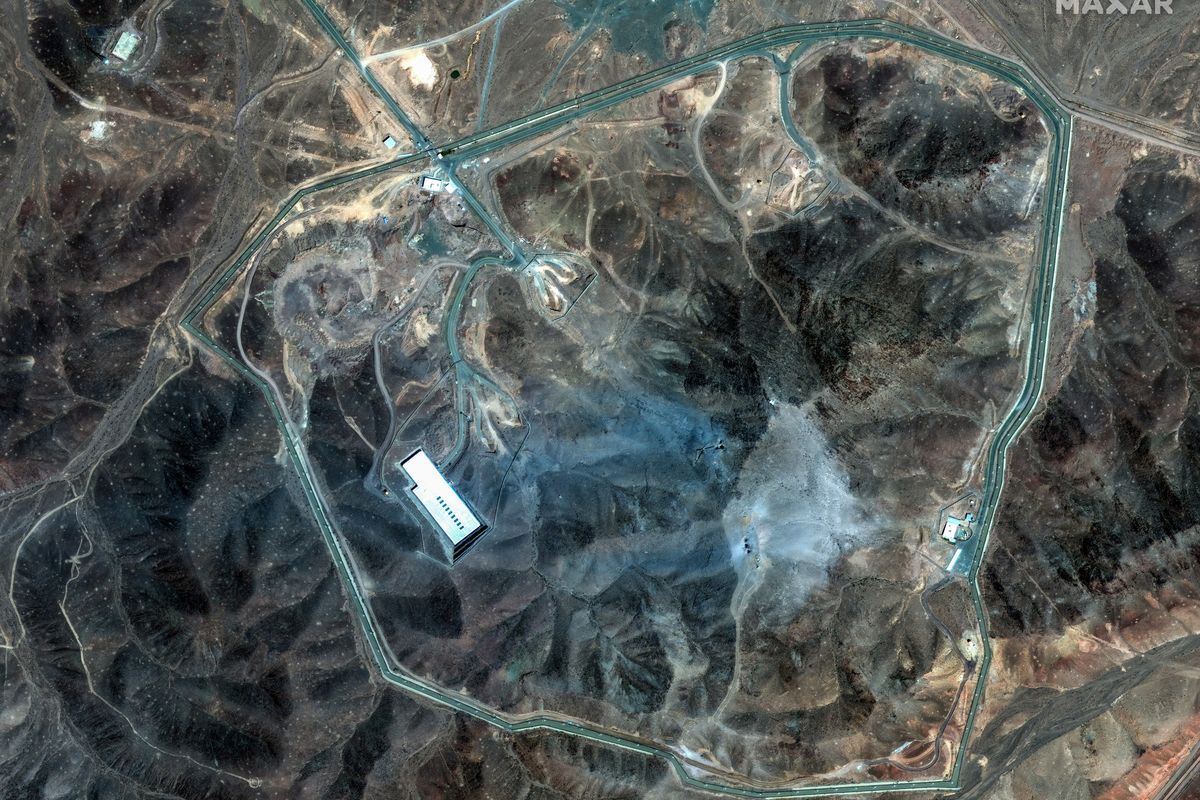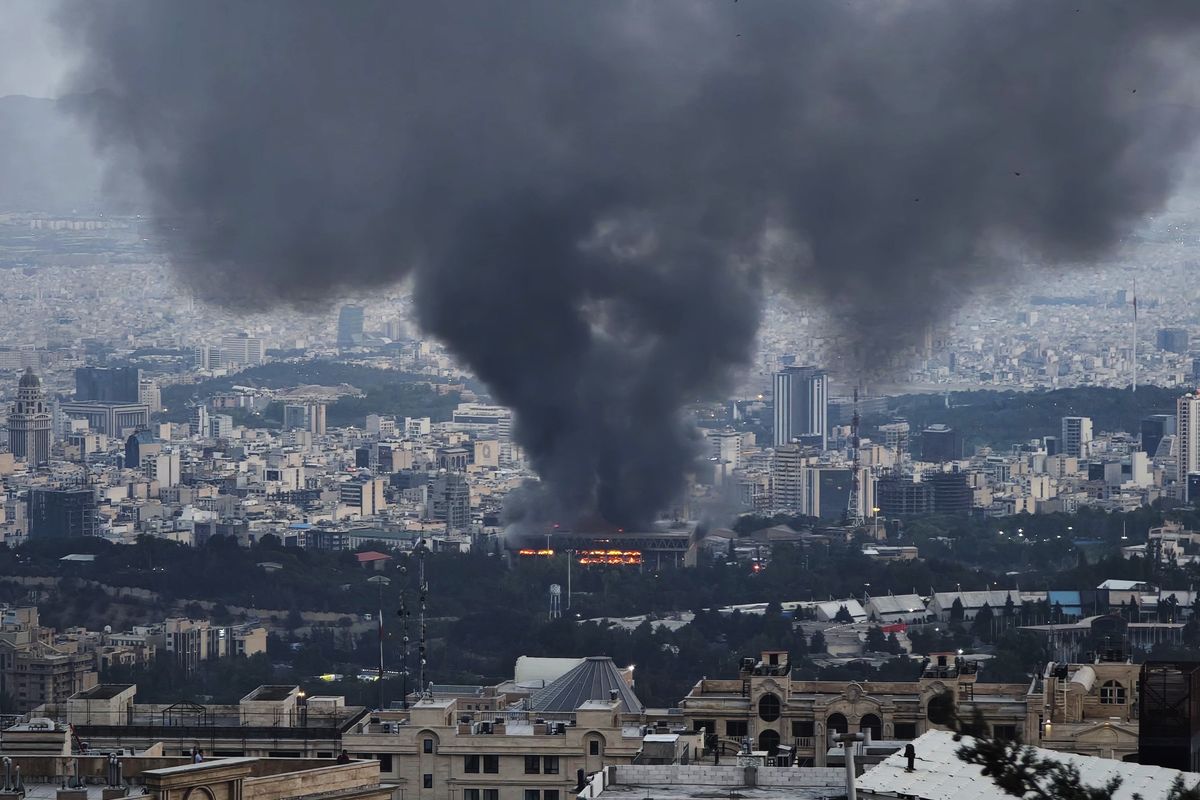Even though both India and Pakistan are members of the South Asia Free Trade Area (SAFTA), established in January 2006, trade between them is strikingly small. Total trade (exports plus imports) between the two countries in the last few years has been averaging only a little over $2.5 billion. Currently, Pakistan accounts for less than 0.5 percent of India’s trade, and India in turn represents a little over 3 percent of Pakistan’s total foreign trade.
A question frequently raised is why India and Pakistan trade so little with each other despite the existence of common history, language, culture, and long borders. Economic theory and evidence from around the world would predict that trade between the two largest economies in South Asia would be far greater than its current level of around $2.5 billion. While both countries are aware of the merits of trade, a variety of political and infrastructural—physical, legal, and regulatory—impediments have virtually paralyzed bilateral trade relations between the two neighbors. Tariff and non-tariff barriers have proliferated, making it exceedingly difficult for trade to take place.
The granting of “Most Favored Nation” (MFN) status by India to Pakistan in 1996 did not improve the state of trading relations as Pakistan chose not to reciprocate the Indian overture. It was only some 15 years later, on November 2, 2011, that the Pakistan government announced it was ready to grant MFN, or equivalently “Non-Discriminatory Market Access” (NDMA) status—a term preferred by the Pakistanis—to India. That decision appeared to be a turning point in trade relations between the two countries and fulfilled Pakistan’s obligations as a member of the World Trade Organization. However, the final agreement has been delayed mainly because of the age-old issue of Kashmir and the Mumbai terrorist attack in 2008.
Nevertheless, despite the delay, there is still reason for a degree of optimism that trade relations will improve. The main reasons for this optimism are:
- The main political parties in Pakistan are generally supportive of friendly and peaceful relations with India and favor stronger economic and commercial ties with its larger neighbor. India has consistently maintained that trade could be separated from the other issues that divide the two countries.
- The business community in both India and Pakistan has been a strong lobby for normalizing trade relations. They have also established the Pakistan-India Joint Business Forum (PIJBF), consisting of 15 members of the business community from each of the two countries to discuss how trade could be increased, and which sectors and products.
- The Pakistan military’s view on increased economic integration of the two countries is obviously key to developing and improving trade ties. Ultimately, normalizing trade relations will depend on how the military is able to balance economic and security objectives. For now, the Pakistan military is opposed to trade with India on security grounds, but eventually they are likely to support the granting of NDMA to India if it is convinced that this will help the Pakistan economy.
It is estimated that the normalizing of trade relations could expand total trade from its current level of $2.5 billion to perhaps as much as $25 billion in a few years. India would be able to export mainly chemicals, pharmaceuticals, machinery, steel, and consumer products. Pakistan in turn would be able to export agricultural products, textiles, cement, and base and precious metals. Furthermore, there would be tremendous opportunities for trade in services, including information technology, financial services, medical services, and entertainment. For both countries it would appear to be a win-win outcome from an economic standpoint.
The complete liberalization of trade between India and Pakistan will undoubtedly be a long and arduous process. Higher levels of trade will bring economic benefits to both countries, but relatively more so to Pakistan. Trade will not, of course, solve all the problems between the two countries, but it could be an important catalyst in the lowering of tensions. And a lowering of tensions between India and Pakistan—an inevitable benefit of strengthened economic ties—would improve the security climate in South Asia. It is clearly in the interest of both countries, and the world for that matter, to find a political resolution to problems in the India-Pakistan relationship, and trade normalization can well be the starting point for achieving this objective.










